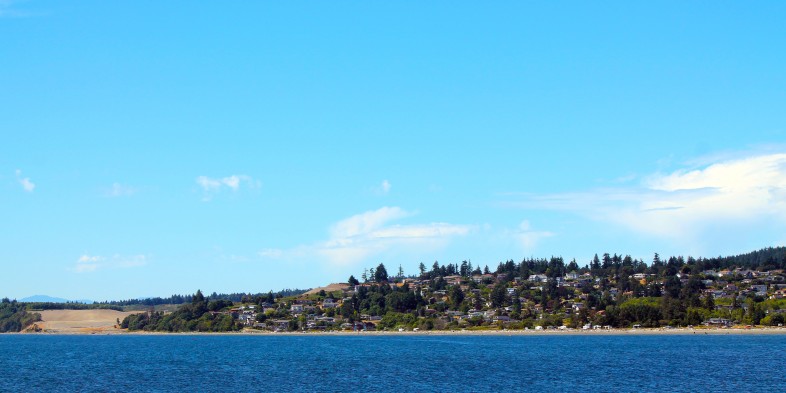The City of Colwood is excited to be embarking on a Waterfront Public Realm Improvement Plan to protect and enhance the City's unique shoreline areas.
The plan will outline how a multi-use pathway could connect the Lagoon Beach from the Lagoon Bridge to Royal Beach and consider other enhancements and park amenities such as seating, signage, lighting and washrooms.
In keeping with the direction of the City's Official Community Plan, this initiative will balance the desire for vibrant public spaces with the need for ecological stewardship and collaboration with local First Nations.
The local landscape architect team at Murdoch de Greeff Landscape Architects will bring their experience to the project. The plan is expected to be complete within 2021, with improvements to be considered for implementation in the 2022 budget.
Watch for opportunities to provide input!
Important considerations for Colwood's unique waterfront
Colwood is a vibrant seaside community set along more than 7km of uniquely accessible oceanfront that is valued by residents and visitors from around the region and beyond. The waterfront links to Esquimalt Lagoon National Migratory Bird Sanctuary and many unique environmental and archaeological features. The shoreline is punctuated by some of the regions' most iconic sites, including Fisgard Lighthouse and Hatley Castle.
There are many important factors that need to be considered whenever activity is considered in this area, including the area’s cultural and archaeological history as well as its environmental significance and unique geology.
Early cultural history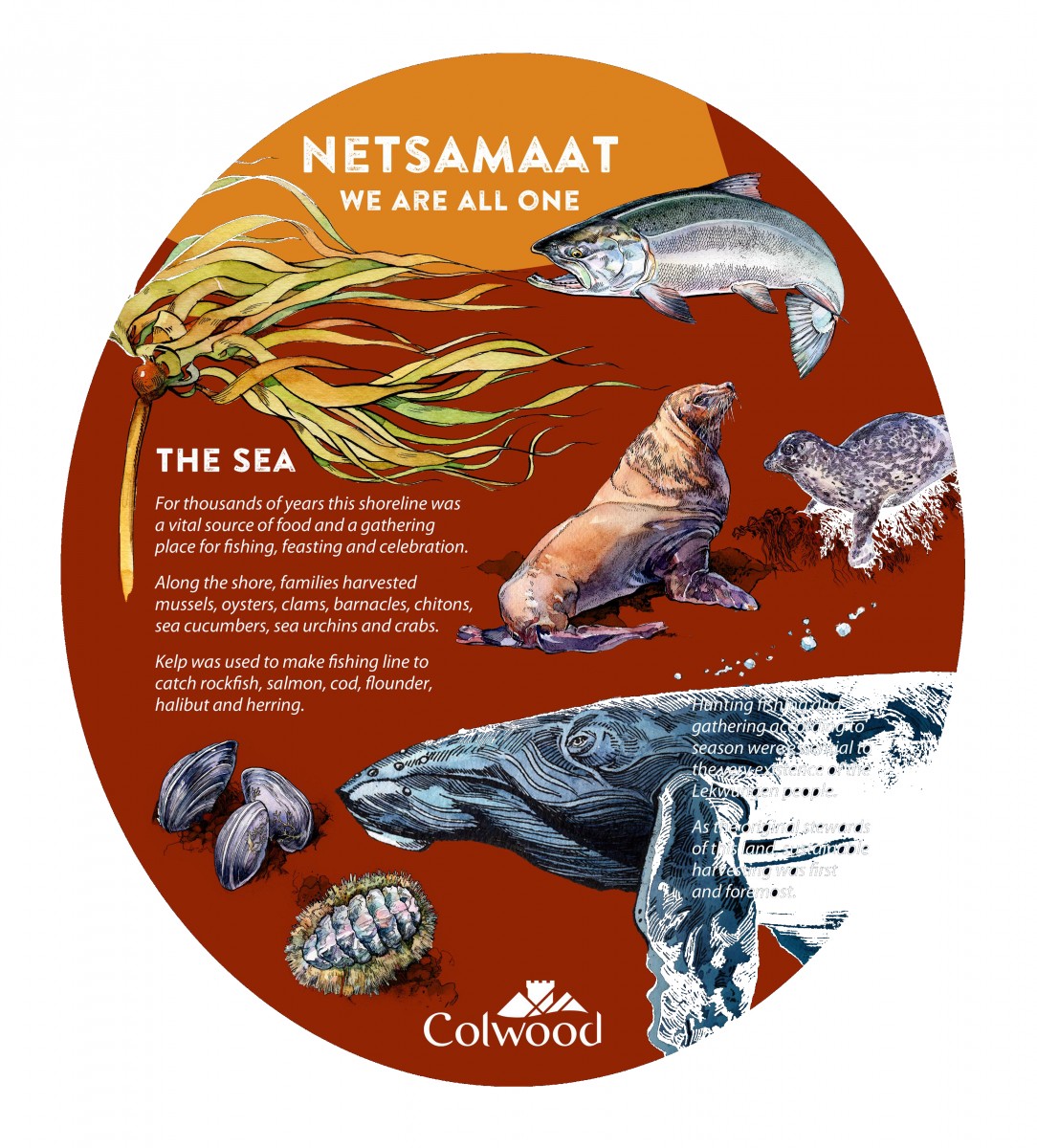
For thousands of years this shoreline is known to have been a gathering place for fishing, trading, feasting and celebration. Families harvested mussels, oysters, clams, urchins and crabs. Kelp was used to make fishing line to catch rockfish, salmon, cod, flounder, halibut and herring. Fishing this shoreline and hunting and gathering in the nearby forests according to season were essential to the very existence of early people in this area, and sustainable harvesting would have been necessary to ensure sustenance from one season to the next.
Colwood Council and staff have a deep respect for the history and culture of this area, and hope to strengthen relationships and learn from the Xwsepsum, Lekwungen and Sc'ianew people whose ancestors first lived here.
Archaeological significance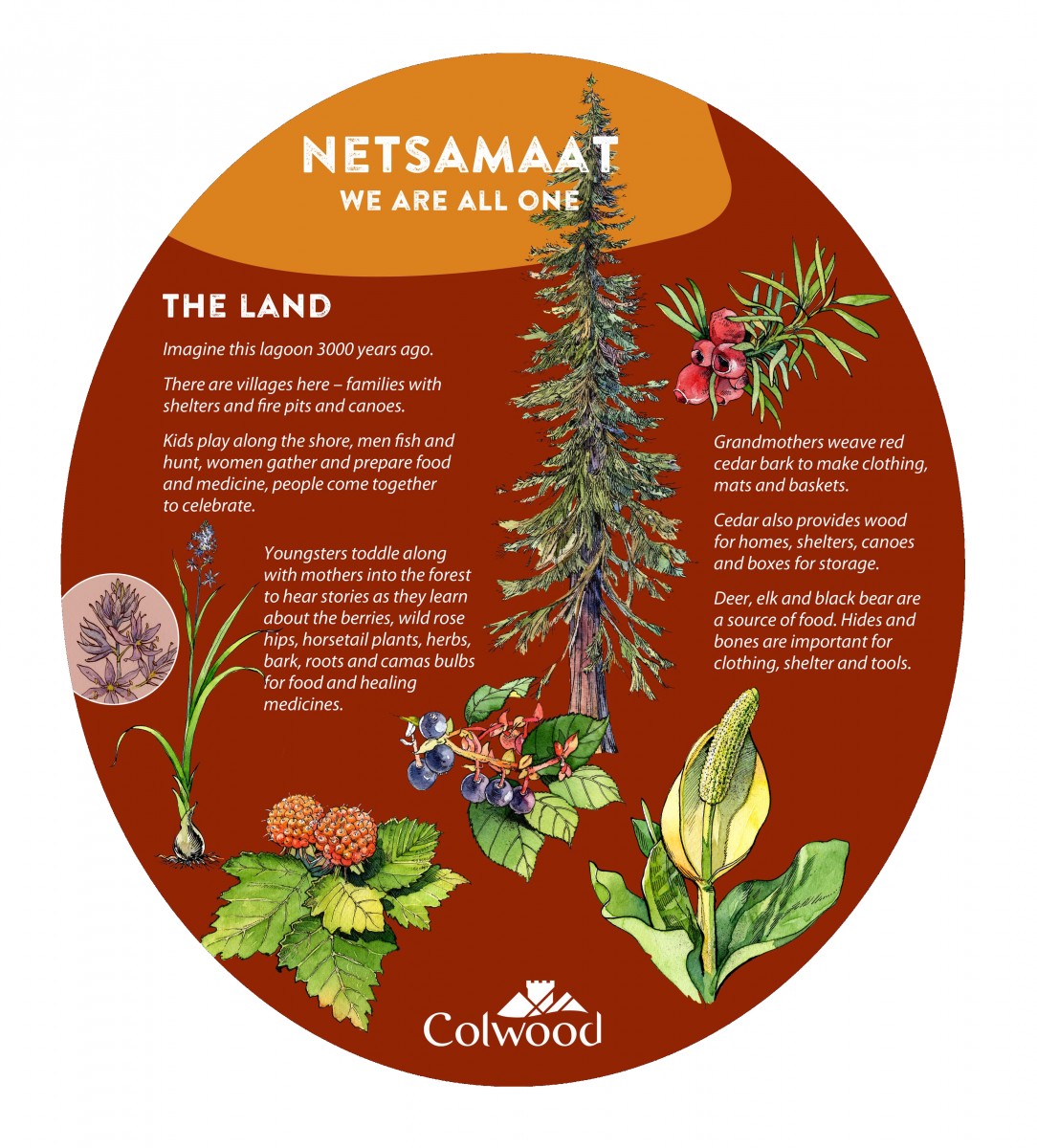
Understanding the relationship that has long existed between people and the land in the Esquimalt Lagoon area, it is not surprising that it holds special significance for the BC Archaeology Branch.
Extra care is needed due to the significant archaeological values on the lands. The City works closely with the Branch to preserve connections to the activities that have taken place here over time and the rich cultural history it offers for our community.
The City has an ongoing archaeological permit, but it is restricted to surface works only in an effort to protect the historical record below - digging is not permitted. Anything beyond surface works can only be undertaken after archaeological review and consultation with First Nations and interested parties. While these matters can be worked through, a minimum of 6 months to 1.5 years is recommended for this to occur.
Environmental sensitivity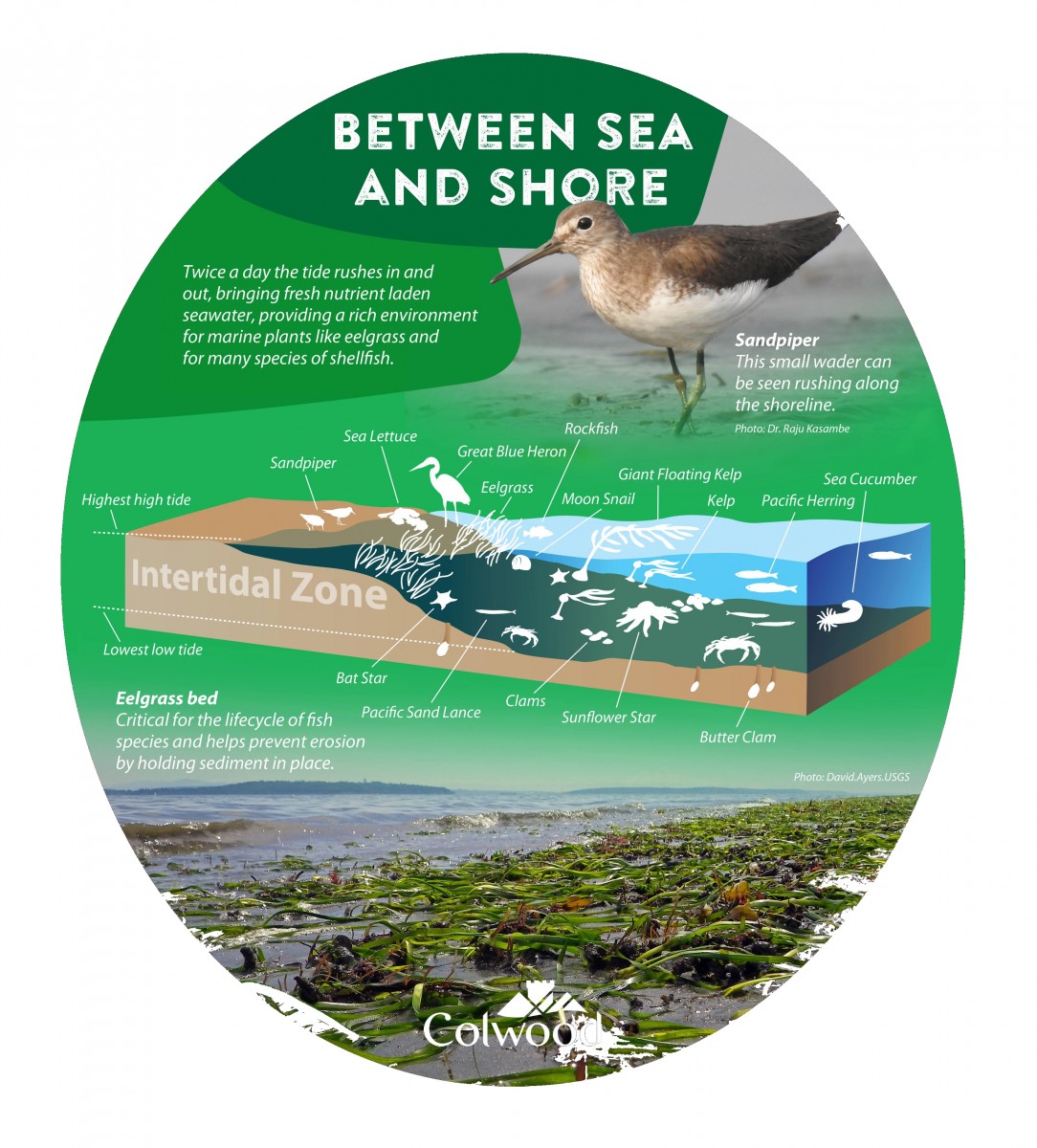
Esquimalt Lagoon is one of seven National Migratory Bird Sanctuaries in British Columbia and 92 in Canada.
It provides an important sheltered resting place for birds on their long migration between North and South America and a rich feeding ground for many species, including blue heron, oystercatchers, terns, widgeons, mallards, mergansers and bald eagles.
The lagoon is also an estuary, where fresh water flowing in from Colwood Creek and Bee Creek mingles with seawater to support an abundance of plant and animal life. Twice a day the tide rushes in and out, creating a rich environment for marine plants and many species of shellfish, birds and mammals.
Unique geology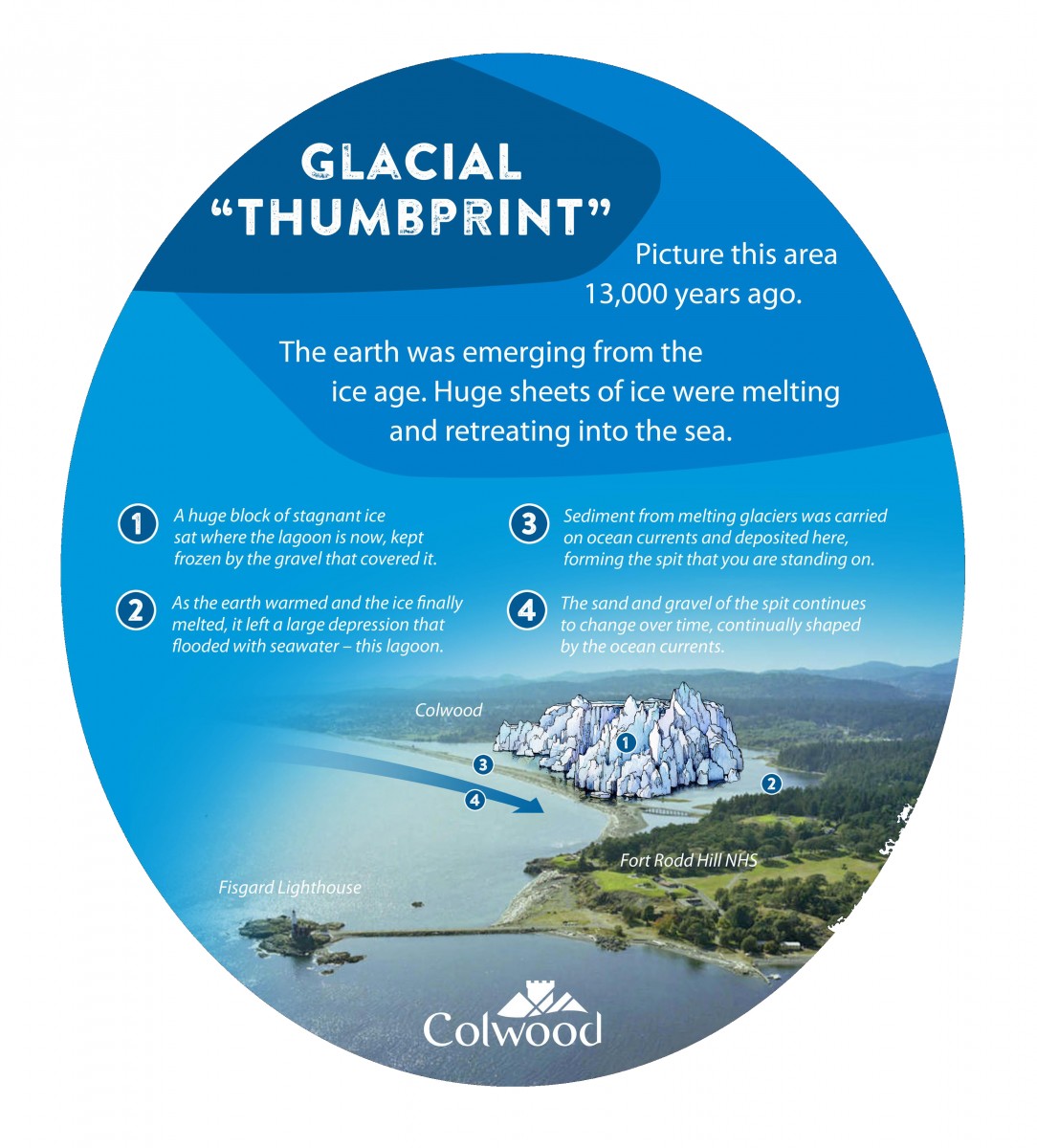
Consider how the lagoon was formed 13,000 years ago when the earth was emerging from the ice age. Huge sheets of ice were melting and retreating into the sea. A massive block of ice settled here, leaving a depression. Sand and sediment were carried on the currents and deposited around it, forming the peninsula where Ocean Boulevard sits today. Nature is ever-changing, and the area continues to be shaped by ocean currents, storm surges and human activity such as the gravel operations at Royal Bay between 1910 and 2009.
- 30 -
Media Contact
Sandra Russell, Communications Manager
778-677-5345
Find this release online at www.colwood.ca/News
Subscribe for Colwood news at www.colwood.ca/Subscribe
Follow @CityofColwood on facebook, twitter and instagram


